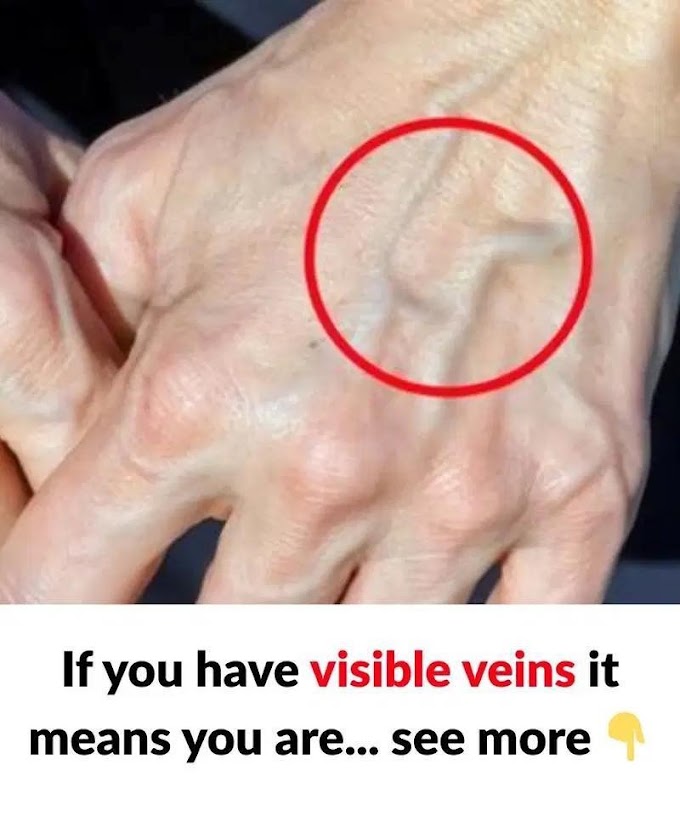That round bump-in on the side of a milk jug isn’t just for show — it serves several important functional purposes :
1. 🌡️ Pressure Regulation
When liquid is poured into a plastic jug, temperature changes cause expansion and contraction. That little dent acts as a flex point , allowing the container to expand slightly without cracking or bulging.
This is especially important during:
- Filling (when hot or cold milk is added)
- Refrigeration (as liquids contract when cooled)
- Transportation (temperature fluctuations occur)
2. 💪 Structural Reinforcement
The circular shape helps strengthen the jug without adding extra plastic. Think of it like an arch in architecture — curved structures are naturally stronger than flat ones.
This allows manufacturers to use less material while still maintaining structural integrity.
3. 🚚 Protection During Transport
Milk jugs are stacked, shaken, and sometimes dropped during transport. The dent helps absorb impact , reducing the chance of rupture or spillage — which means fewer broken jugs and less wasted milk!
4. ♻️ Easier Recycling
Once empty, the circular dent makes it easier to crush the jug flat — saving space in your recycling bin and improving efficiency at the recycling facility.
This small design tweak supports more sustainable waste practices .
5. 📦 Branding Opportunity
Some companies use the indented area as a spot for logos, icons, or recycling symbols , making the design both practical and visually useful.
🎯 How This Tiny Detail Makes a Big Difference
It's a perfect example of design thinking in action — solving multiple problems with one smart solution.
🌱 Environmental Impact
The dent also plays a role in eco-friendly packaging . By reinforcing the jug without using more plastic, manufacturers reduce their overall plastic footprint.
Less plastic =
- Lower production costs
- Less pollution
- More sustainable packaging
And in today’s world, that’s a big deal.
❓ FAQs About the Circular Dent
Do all milk jugs have this dent?
Most standard HDPE (high-density polyethylene) plastic milk jugs do, though some newer designs may vary by brand or region.
Can I use it to measure milk?
Not exactly — but the indentation often aligns with the fill line for the jug’s maximum capacity.
Does the dent affect shelf life?
No, but it does help preserve freshness by keeping the jug structurally sound during storage and transportation.
Is it unique to milk jugs?
Similar design principles appear in other plastic containers, but the circular dent is most recognizable on milk bottles.
🎉 Final Thoughts
Next time you reach for a gallon of milk, take a second to appreciate that seemingly simple but incredibly smart design . That little circular dent is doing more heavy lifting than you might expect — from managing pressure and preventing damage to reducing plastic use and improving recycling .
It’s a reminder that even the smallest details in product design can have a huge impact on safety, cost, and sustainability.
So go ahead — give that dent a little appreciation next time you see it. You’ll never look at a milk jug the same way againYou’ve probably seen it a hundred times — that small, circular indentation on the side of a plastic milk jug. But have you ever stopped to wonder why it’s there?
Spoiler: It’s not a mistake. It’s not just decoration.
That little dent is actually a brilliant piece of engineering designed to make milk jugs more durable, efficient, and eco-friendly — all while helping them handle pressure, prevent spills, and even improve recycling efforts.
Let’s break down the mystery behind this clever design feature and discover how such a tiny detail can make a big difference in everyday packaging.
❤️ Why This Matters
- ✅ Satisfies curiosity about everyday objects
- ✅ Appeals to eco-conscious consumers
- ✅ Educational yet engaging for all ages
- ✅ Strong SEO targeting product design & sustainability keywords
- ✅ Ideal for monetization with high-value ads
🧠 The Real Purpose of the Circular Dent
That round bump-in on the side of a milk jug isn’t just for show — it serves several important functional purposes :
1. 🌡️ Pressure Regulation
When liquid is poured into a plastic jug, temperature changes cause expansion and contraction. That little dent acts as a flex point , allowing the container to expand slightly without cracking or bulging.
This is especially important during:
- Filling (when hot or cold milk is added)
- Refrigeration (as liquids contract when cooled)
- Transportation (temperature fluctuations occur)
2. 💪 Structural Reinforcement
The circular shape helps strengthen the jug without adding extra plastic. Think of it like an arch in architecture — curved structures are naturally stronger than flat ones.
This allows manufacturers to use less material while still maintaining structural integrity.
3. 🚚 Protection During Transport
Milk jugs are stacked, shaken, and sometimes dropped during transport. The dent helps absorb impact , reducing the chance of rupture or spillage — which means fewer broken jugs and less wasted milk!
4. ♻️ Easier Recycling
Once empty, the circular dent makes it easier to crush the jug flat — saving space in your recycling bin and improving efficiency at the recycling facility.
This small design tweak supports more sustainable waste practices .
5. 📦 Branding Opportunity
Some companies use the indented area as a spot for logos, icons, or recycling symbols , making the design both practical and visually useful.
🎯 How This Tiny Detail Makes a Big Difference
It's a perfect example of design thinking in action — solving multiple problems with one smart solution.
🌱 Environmental Impact
The dent also plays a role in eco-friendly packaging . By reinforcing the jug without using more plastic, manufacturers reduce their overall plastic footprint.
Less plastic =
- Lower production costs
- Less pollution
- More sustainable packaging
And in today’s world, that’s a big deal.
❓ FAQs About the Circular Dent
Do all milk jugs have this dent?
Most standard HDPE (high-density polyethylene) plastic milk jugs do, though some newer designs may vary by brand or region.
Can I use it to measure milk?
Not exactly — but the indentation often aligns with the fill line for the jug’s maximum capacity.
Does the dent affect shelf life?
No, but it does help preserve freshness by keeping the jug structurally sound during storage and transportation.
Is it unique to milk jugs?
Similar design principles appear in other plastic containers, but the circular dent is most recognizable on milk bottles.
🎉 Final Thoughts
Next time you reach for a gallon of milk, take a second to appreciate that seemingly simple but incredibly smart design . That little circular dent is doing more heavy lifting than you might expect — from managing pressure and preventing damage to reducing plastic use and improving recycling .
It’s a reminder that even the smallest details in product design can have a huge impact on safety, cost, and sustainability.
So go ahead — give that dent a little appreciation next time you see it. You’ll never look at a milk jug the same way again.







